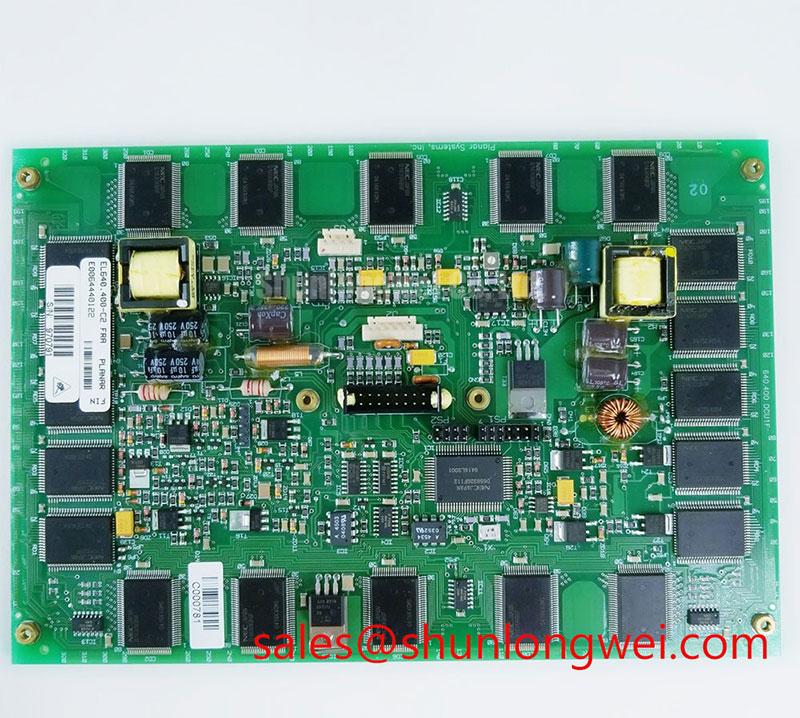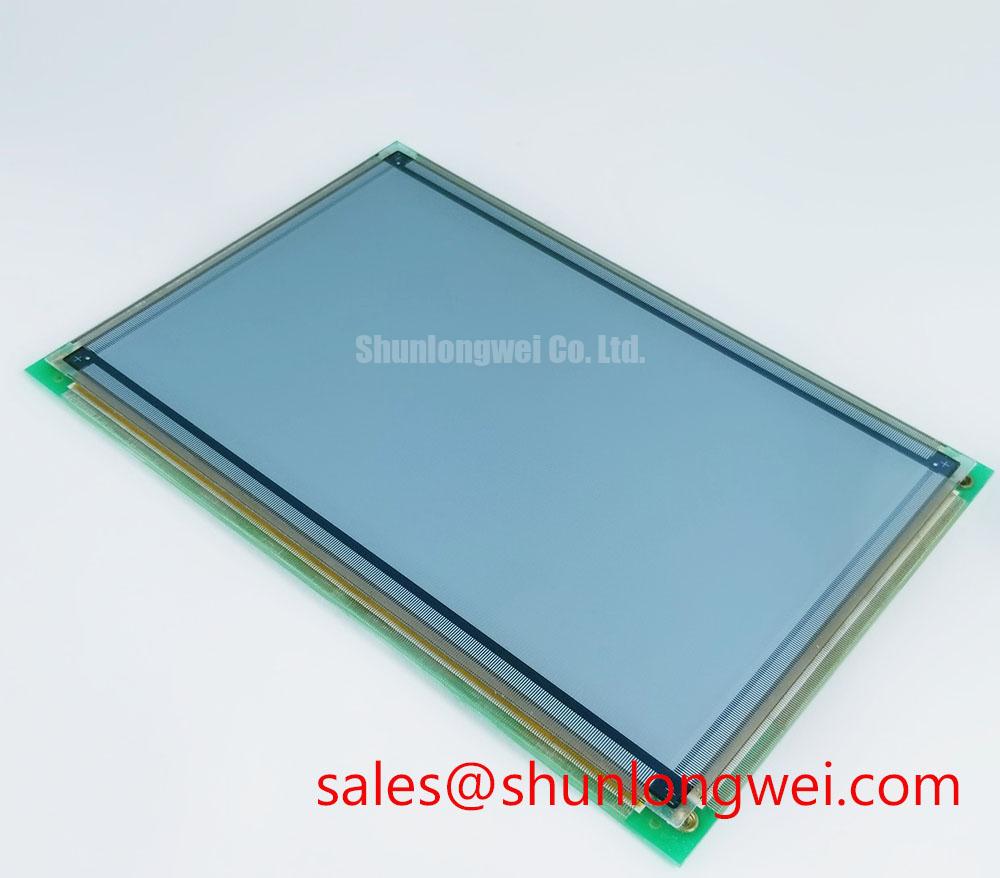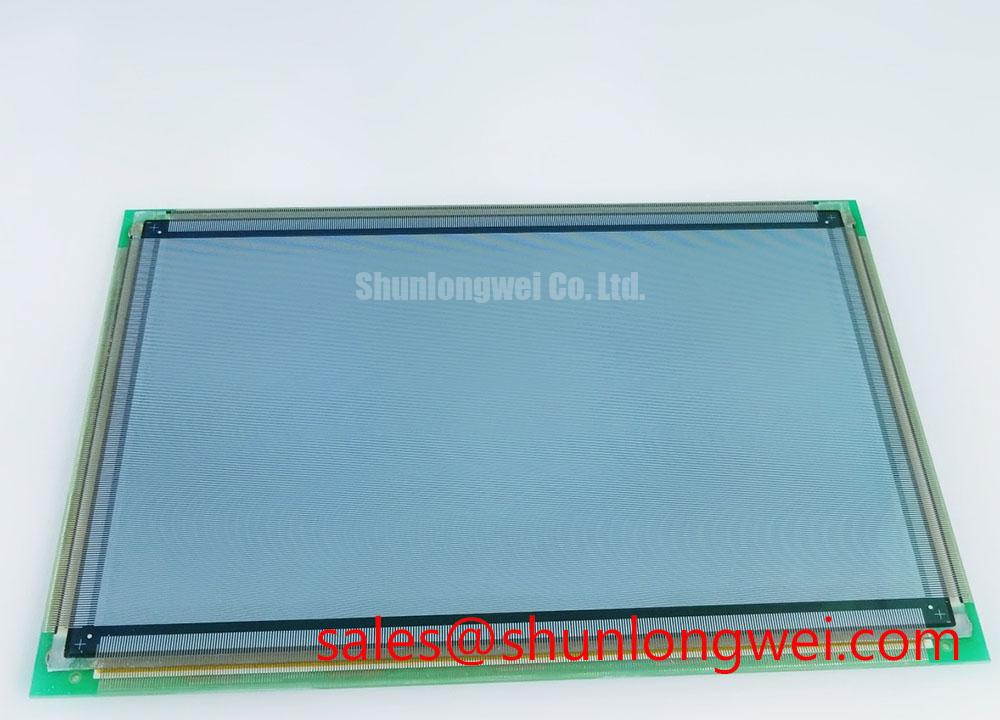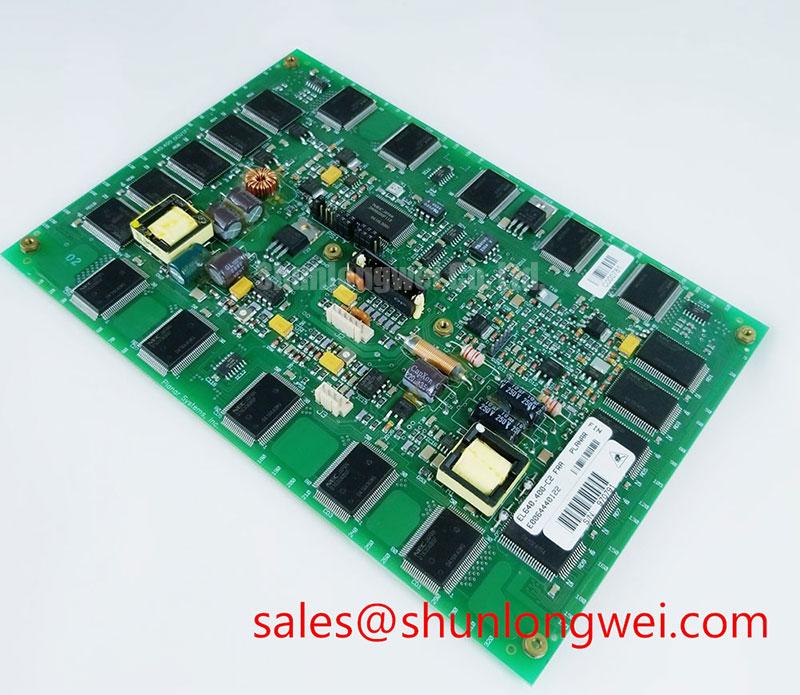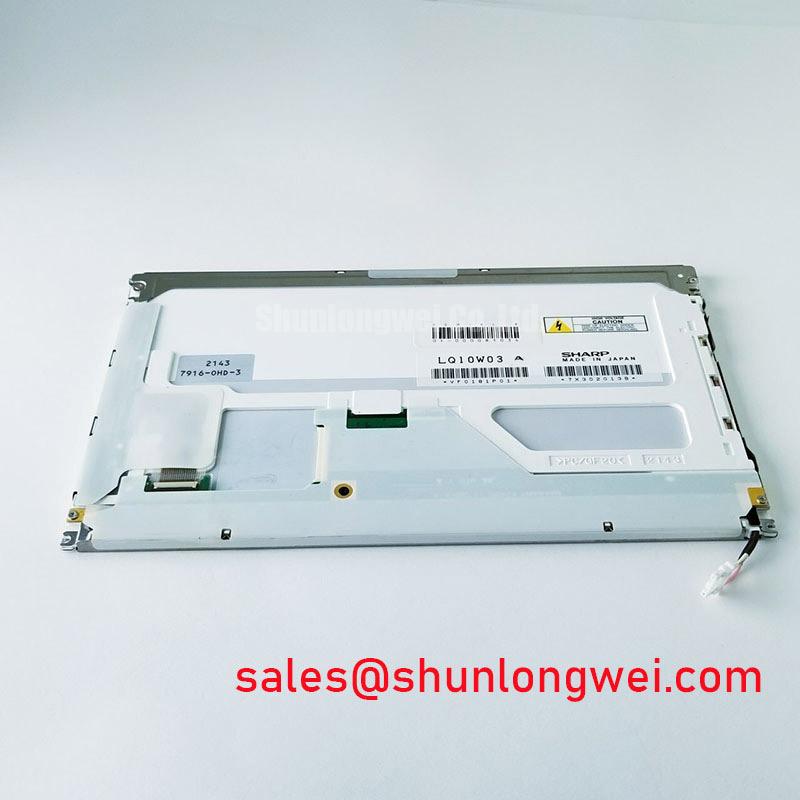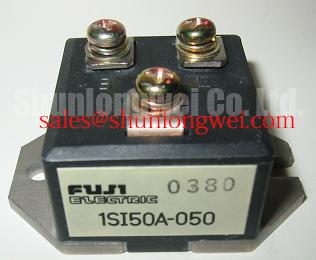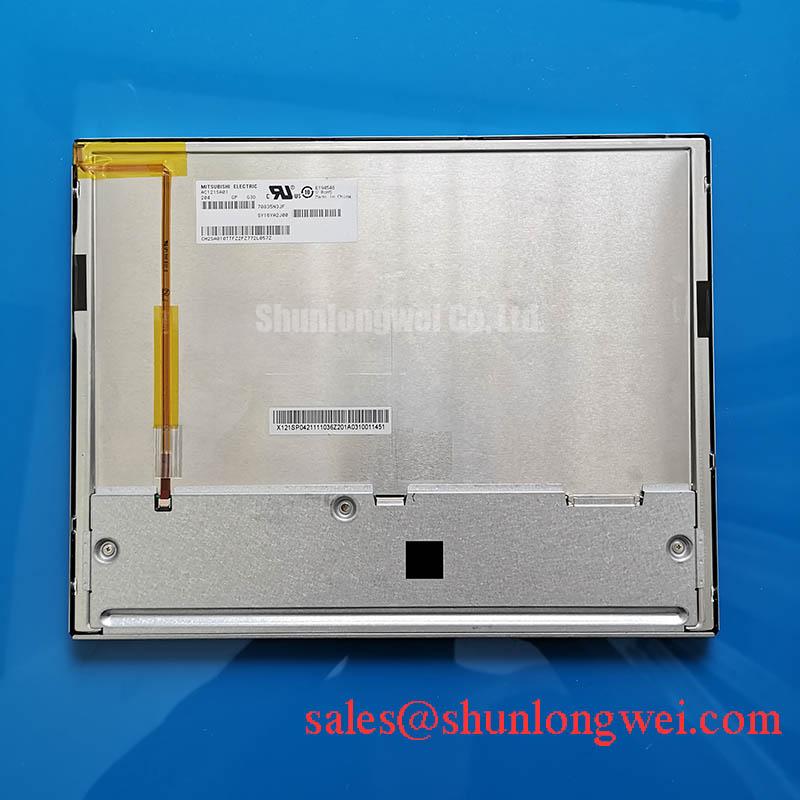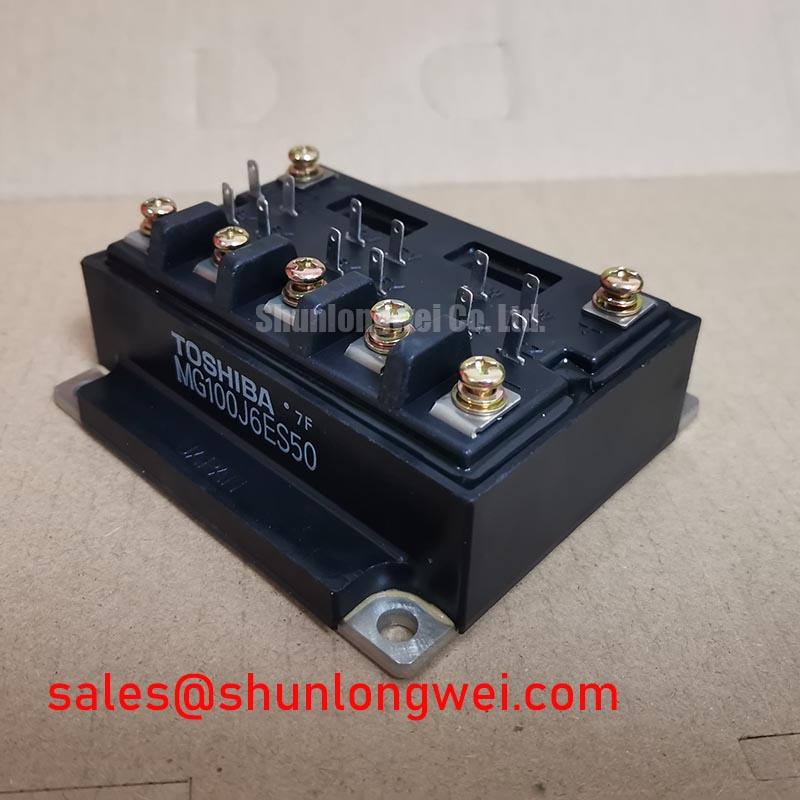Lumineq EL640.400-C2 | Unbreakable Clarity in Extreme Environments
The Lumineq EL640.400-C2 is not a standard display; it is an engineering solution for applications where failure is not an option. Leveraging the power of Thin Film Electroluminescence (TFEL) technology, this panel delivers unparalleled readability and ruggedness, performing in conditions that would cause conventional LCDs to fail. It is purpose-built for the most demanding industrial, military, and aerospace environments.
Core Advantages of the EL640.400-C2
- Extreme Environment Survivability: With an operational temperature range from -50°C to +85°C and the ability to withstand a 100 g-force shock, this display maintains full functionality in severe cold, heat, and high-vibration scenarios.
- Superior Visual Performance: The emissive nature of TFEL technology provides a greater than 160-degree viewing cone and a crisp 50:1 contrast ratio. Its sub-millisecond response time eliminates motion blur, ensuring critical data is always legible.
- Engineered for Longevity: The solid-state design, free of liquid crystals or failure-prone backlights, results in an exceptionally long lifetime with an MTBF exceeding 50,000 hours, drastically reducing total cost of ownership.
Technical Deep Dive: The Power of TFEL Technology
Unlike traditional TFT-LCD screens that rely on a liquid crystal layer and a separate backlight, the EL640.400-C2 utilizes a fundamentally more robust technology. Its all-solid-state structure consists of inorganic layers of phosphor sandwiched between transparent dielectric films and electrodes. When voltage is applied, the phosphor emits its own light, creating a bright, clear image. This self-emissive characteristic is the key to its exceptional performance. It eliminates the need for a backlight, which is often a point of failure, and allows for an incredibly wide Viewing Angle without the color or contrast shifts common in LCDs. This intrinsic ruggedness is critical for systems deployed in challenging fields, a core principle explored in our guide to engineering for extremes in heavy machinery.
Application Scenarios Where the EL640.400-C2 Excels
The unique characteristics of the Lumineq EL640.400-C2 make it the definitive choice for a range of mission-critical applications:
- Avionics and Military Systems: In aircraft cockpits and ground vehicle dashboards, data must be instantly readable from any angle, under intense vibration, and across a vast temperature spectrum. The EL640.400-C2’s instant response time and shock immunity ensure pilots and operators receive clear, reliable information.
- Industrial Process Control: In foundries, drilling rigs, and heavy manufacturing plants, control panels are exposed to extreme temperatures, dust, and constant vibration. This display’s robust build guarantees operational continuity where lesser screens would fail.
- Marine and Offshore Equipment: Bridge instrumentation and outdoor control systems require displays that can handle humidity, salt spray, and direct sunlight. The EL640.400-C2's stable performance and high contrast make it an ideal fit for these demanding marine environments.
Key Technical Specifications
This table outlines the critical performance metrics that enable the EL640.400-C2's superior performance. For a complete set of specifications, designers should consult the official product documentation.
| Parameter | Value |
|---|---|
| Technology | Thin Film Electroluminescence (TFEL) |
| Resolution | 640 x 400 pixels |
| Active Area | 195.0 x 122.0 mm (9.1-inch diagonal) |
| Typical Luminance | 45 cd/m² @ 120 Hz |
| Contrast Ratio | > 50:1 (in 500 lux ambient) |
| Response Time | < 1 ms |
| Operating Temperature | -50°C to +85°C |
| Shock Resistance | 100 g, 6 ms, half-sine |
| Interface | 4-bit LCD-type (LVCMOS) |
Frequently Asked Engineering Questions
1. How does the EL640.400-C2 interface with a system controller?
The display uses a 4-bit LVCMOS interface, often referred to as an "LCD-type" interface. It requires signals like a pixel clock, horizontal and vertical sync, and display enable. While straightforward, it is distinct from common digital interfaces like LVDS or eDP, so ensure your video controller or FPGA can generate the required timing.
2. Why is the display monochrome amber?
The amber color is a function of the specific, highly stable inorganic phosphor used in this TFEL display. This material was chosen to maximize durability, lifespan, and visual clarity, especially in challenging ambient light conditions, prioritizing reliability and readability over color reproduction.
3. Can this display be dimmed?
Yes, the luminance of the EL640.400-C2 can be controlled via Pulse Width Modulation (PWM) on the display enable signal or by adjusting the frame frequency. This allows for integration into systems that require variable brightness levels, such as transitioning from daylight to nighttime operations.
For further integration support or to discuss if the EL640.400-C2 is the right fit for your high-reliability application, please contact our technical team to explore our full range of industrial LCD displays.

